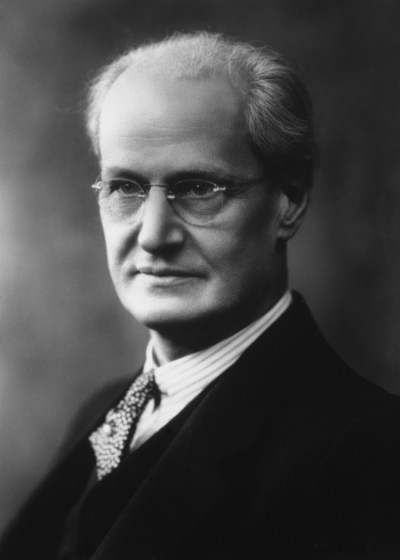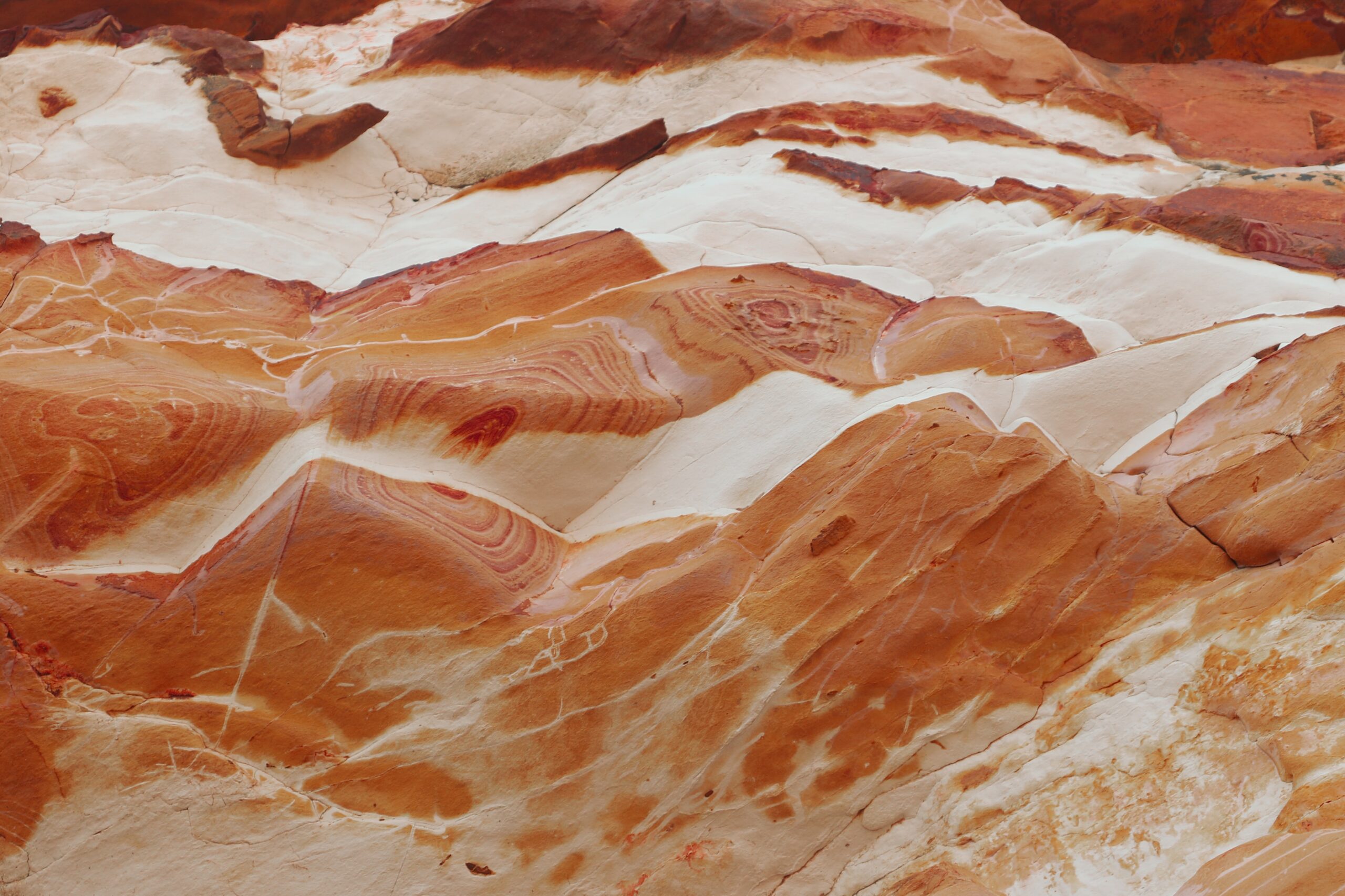Highlighting Australia
- As a proudly Australian initiative, we’re excited to showcase a collection of Australian stories, music, tributes and more.

Join activities, celebrations, study groups, spiritual empowerment and education programs for young people, and more.
Baha’i beliefs address essential spiritual themes for humanity’s collective and individual advancement. Learn more about these and more.


William Sutherland Maxwell was a distinguished soul whose life is best summarized in the words of Shoghi Effendi. The Guardian cabled the following obituary to the Baha’is of the world on March 26, 1952:
With sorrowful heart announce through national assemblies that Hand of Cause of Baha’u’llah, highly esteemed, dearly beloved Sutherland Maxwell, has been gathered into the glory of the Abha Kingdom. His saintly life, extending well nigh four score years, enriched during the course of Abdu’l-Baha’s ministry by services in the Dominion of Canada, ennobled during the Formative Age of Faith by decade of services in Holy Land, during darkest days of my life, doubly honoured through association with the crown of martyrdom won by May Maxwell and incomparable honor bestowed upon his daughter, attained consummation through his appointment as architect of the arcade and superstructure of the Bab’s Sepulchre as well as elevation to the front rank of the Hands of Cause of God.1
William Sutherland Maxwell, born November 14th 1874, was a Canadian of Scottish background from a well-known and respected Montreal family.2 He was characterized as being reserved, introverted and introspective. He possessed “an unfailing consideration for others, ‘a swift will’, a charming manner, and a kindness that made the Maxwell household known for its hospitality and friendship.”3 In her first volume biography of the Maxwell family, Violette Nakhjavani writes: “to appreciate his achievements, one has to recognize two factors in the nature of this man that must have been distinctive even from his earliest years. One was his goodness; the other his innate artistry. And their combination made him unique.”4 He had a talent for drawing and design and a keen interest in the arts and architecture. He studied in Boston and later in Paris. There he met May Maxwell. He later told his daughter that he knew he wanted to marry May the moment he first met her.5 Sutherland described their love in these words:
I left Montreal for Paris in September 1899 to study Architecture in the École des Beaux-Arts, Aterlier Pascal, and met Randolph Bolles; there we became great friends and later I met his sister in their home, 100 Rue du Bac. After seventeen months I returned to Montreal, a happy young man, as I was engaged to May Bolles.
I returned to Paris in the spring of 1902 and we were married in London on May 8th, 1902, and for thirty-eight years we were blessed in being together. Happiness was ours with never a cloud on the horizon.6
May Maxwell, despite health that bordered on infirmity, was a trail blazer. She was among the first Western pilgrims to visit Abdu’l-Baha in Akka, she worked to establish the Baha’i community in France, she is regarded as the mother to the Baha’i community in Canada, and she gave her last breath to the Faith as a pioneer to Beunos Aires – earning her the title of martyr for the Cause.
In the early years of their marriage, Sutherland remained distanced from the Baha’i Faith and he discouraged May from speaking about it. Teaching Sutherland the Baha’i Faith deepened her understanding of its principles and their applications.7 A turning point in Sutherland’s spiritual life occurred when the couple pilgrimaged to Akka in 1909:
One day at the table, Sutherland said to Abdu’l-Baha:
“The Christians worship God through Christ; my wife worships God through You; but I worship Him direct.”
Abdu’l-Baha smiled and said: “Where is He?”
“Why God is everywhere,” replied Sutherland.
“Everywhere is nowhere,” said Abdu’l-Baha. He then went on to demonstrate that such worship was worship of a figment of the imagination and had no reality; we must worship God through something tangible and real to us, hence the role of the Manifestations. Sutherland bowed his head in acceptance. The real seed of his faith germinated from that hour.8
Sutherland later recounted: “My reason recognized that this was – IT.”9
The Maxwell home in Montreal, designed by Sutherland, became a hub of activities for the blossoming Baha’i community. In 1912, Sutherland and May hosted Abdu’l-Baha as He visited Montreal, the only Canadian city included in His western tour. “This is My home”, He said.10 Shoghi Effendi designated the Maxwell home as the only shrine in the Western hemisphere and you can visit it and pray in the room where Abdu’l-Baha stayed – a room unfrequented by any other guest after His visit.
Sutherland was involved in many renowned architectural projects. He partnered with his brother, Edward, and together they ran the largest firm of its time. They designed many Canadian landmarks including the Legislative Building of the provincial government of Saskatchewan, the Art Gallery of Montreal, the Palliser Hotel in Calgary, and Montreal’s Church of the Messiah (in which Abdu’l-Baha spoke).11 He was the recipient of many prestigious awards and honours.
In 1937, his daughter, Mary Maxwell, married Shoghi Effendi and three years later his wife, May, passed away of a sudden heart attack while pioneering in South America. According to his biography on the website of the Canadian Baha’i Community:
For Sutherland Maxwell, the following years up to his passing in 1952 may be regarded as a time of spiritual efflorescence. He accepted the loss of his wife with resignation, faith and gratitude for all the happy years of marriage they had shared. After May Maxwell’s passing, Shoghi Effendi invited Sutherland Maxwell, now entirely alone, to come to live in Haifa.
The years Sutherland Maxwell spent in Haifa coincided with some of the hardest of Shoghi Effendi’s life, and Sutherland Maxwell proved to be a tower of spiritual strength. Gradually, Shoghi Effendi referred small building projects to Sutherland Maxwell for his advice: a new flight of stairs, a lamp post, a new entrance. To an architect with over 40 years of experience, this was child’s play. He would make a pen sketch in perspective, colour it, and submit it to Shoghi Effendi to analyze the finished product. Delighted with his talents, Shoghi Effendi asked Sutherland Maxwell to work on a design to complete the Shrine of the Bab.12
The task to design the arcade and superstructure for the Bab’s sepulchre was not an easy one as it had to be built around and on top of the stone fortress-like edifice built by Abdu’l-Baha. It stands as a physical testament of Sutherland’s talents and artistic capabilities and of his dedication and devotion.
In addition to his architectural work, Sutherland also assisted the work of the World Centre by helping with visitors, dealing with the mail and assisting with government contracts and errands. In the winter of 1951, the Guardian appointed him as a Hand of the Cause of God. Typical of his humble nature, Sutherland’s response was: “I did not do it all alone; there were so many others who helped.”12 The following spring, Sutherland passed away in his native city of Montreal.
"*" indicates required fields

We recognise their continuing connection to land, waters and community. We pay our respects to Aboriginal and Torres Strait Islander people and their cultures; and to elders both past and present.
The views expressed in our content reflect individual perspectives and do not represent authoritative views of the Baha’i Faith.

Visit the site of the
Australian Baha’i Community
and the Baha’i Faith Worldwide
Notifications
I didn’t know that May Maxwell won the crown of martyrdom.
Dale Hooge (March 3, 2017 at 12:00 PM)
Hi Dale,
Yes, it is a moving tribute that Shoghi Effendi gave her that station after her passing. If you’d like to read more about her, I definitely recommend Violette Nakhjavani’s books The Maxwells of Montreal (Vol. I and II):
http://amzn.to/2mNK4Ft
http://amzn.to/2mNXHnV
Thanks for reading Baha’i Blog!
-Sonjel
Sonjel Vreeland (March 3, 2017 at 9:43 PM)
Lovely post Sonjel! I learned many things about the Maxwells that I wasn’t aware of.
Matt Giani (March 3, 2017 at 4:37 PM)
Thanks, Matt!
Sonjel Vreeland (March 3, 2017 at 9:52 PM)
A very informative blog especially for us who have never had the chance to meet personally those who have dedicated their lives in spreading the Faith! Is there a book or article available in pdf form that can be downloaded through the internet about the biographies of the Hands of the Cause of God?
Ambrocio Cacho (April 4, 2017 at 12:49 AM)
Hello Ambrocio,
Thank you for your comment! Perhaps another reader may have a better suggestion but unfortunately, I don’t know of any free ebooks about the Hands of the Cause of God. The Baha’i Encyclopedia Project, however, does have this comprehensive article online: http://www.bahai-encyclopedia-project.org/index.php?option=com_content&view=article&id=64:hands-of-the-cause-of-god&catid=36:administrationinstitutions I wrote an introductory article here on Baha’i Blog: http://bahaiblog.net/2014/06/hands-cause/ And Baha’i Blog also has a short biography of Amatu’l-Baha Ruhiyyih Khanum (http://bahaiblog.net/2015/01/amatul-baha-ruhiyyih-khanum-mary-sutherland-maxwell/) and Collis Featherstone (http://bahaiblog.net/2015/09/25th-anniversary-of-the-passing-of-hand-of-the-cause-of-god-collis-featherstone/).
Lights of Fortitude is an excellent book about the Hands of the Cause but I believe it only exists as a physical book. I know this isn’t much information but I hope it helps!
Sonjel Vreeland (April 4, 2017 at 11:05 PM)
Thank you for sharing this wonderful portion of history of the Faith. Like getting to known this great soul reading black in time. Love it.
Lee Ying (April 4, 2017 at 11:42 PM)
You’re most welcome, Lee Ying!
Sonjel Vreeland (April 4, 2017 at 8:43 PM)